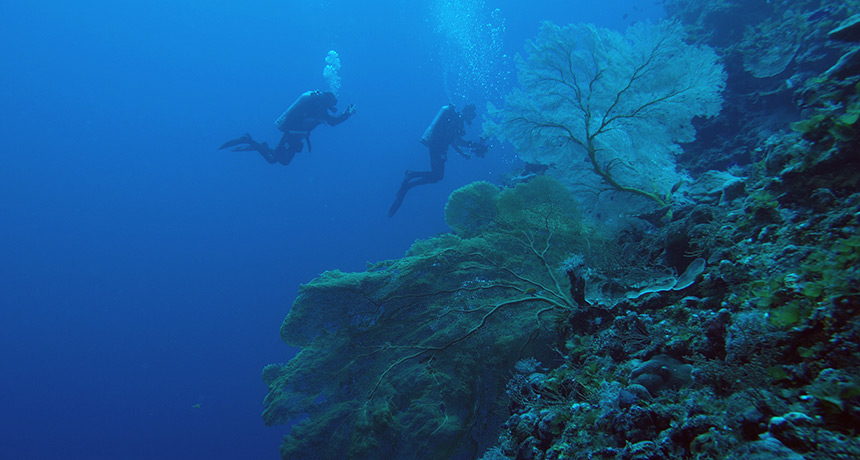
DEEP DIVE Researchers have found a plethora of shallow water coral species in the deep ocean off Australia’s northeastern coast. Deep ocean reefs might protect corals from severe bleaching and storms.
Paul Muir

DEEP DIVE Researchers have found a plethora of shallow water coral species in the deep ocean off Australia’s northeastern coast. Deep ocean reefs might protect corals from severe bleaching and storms.
Paul Muir